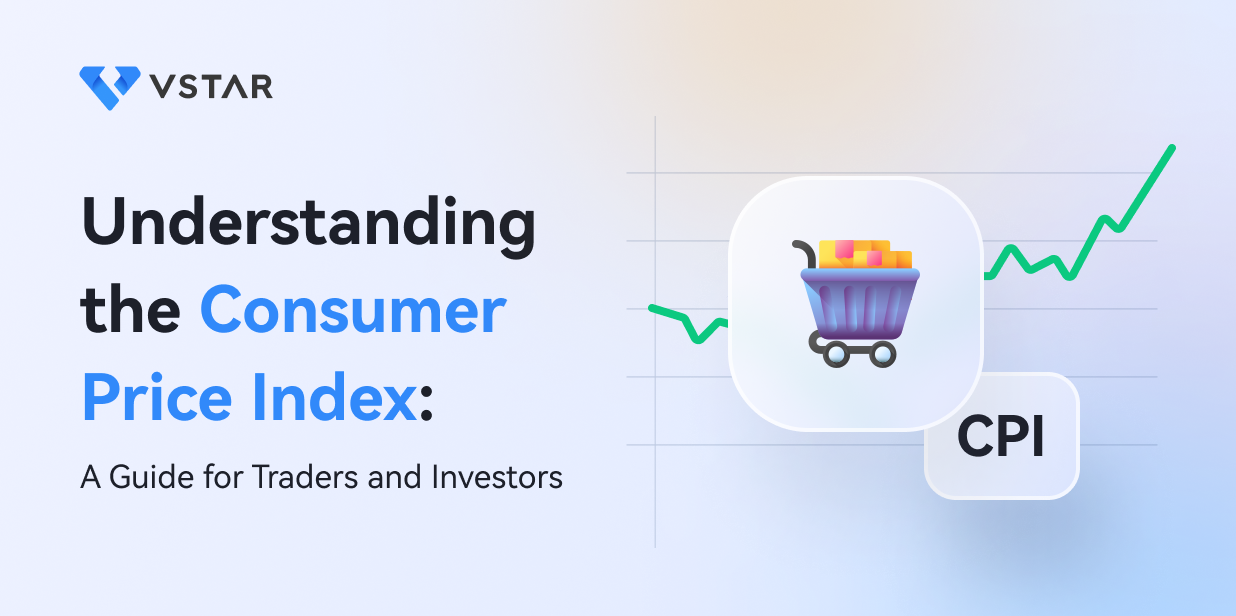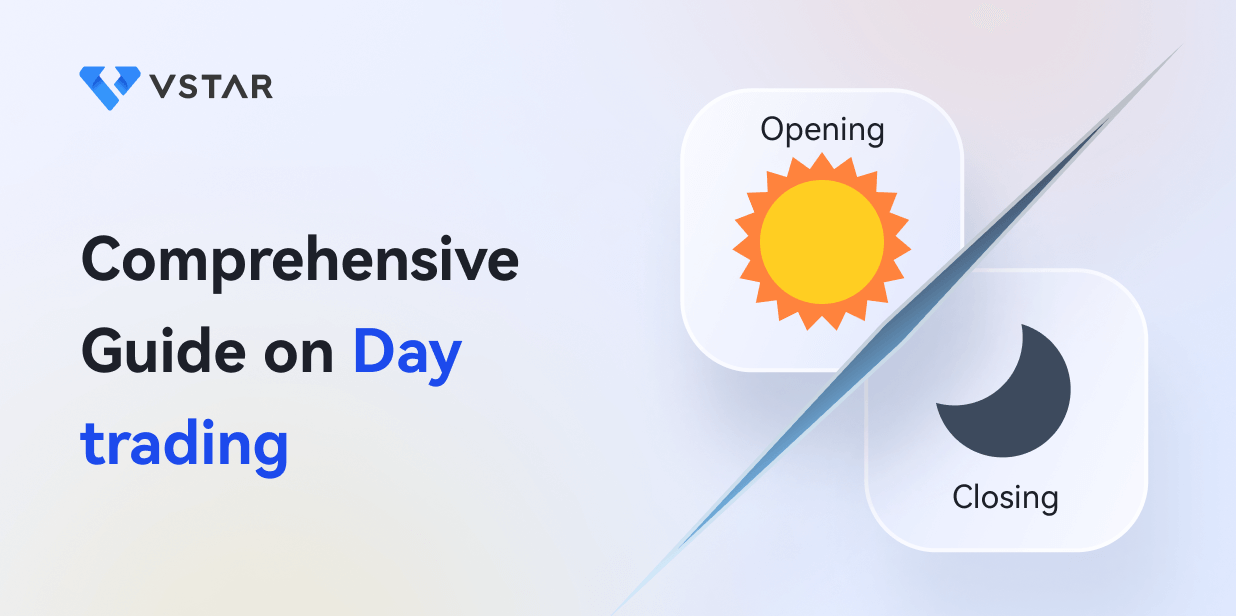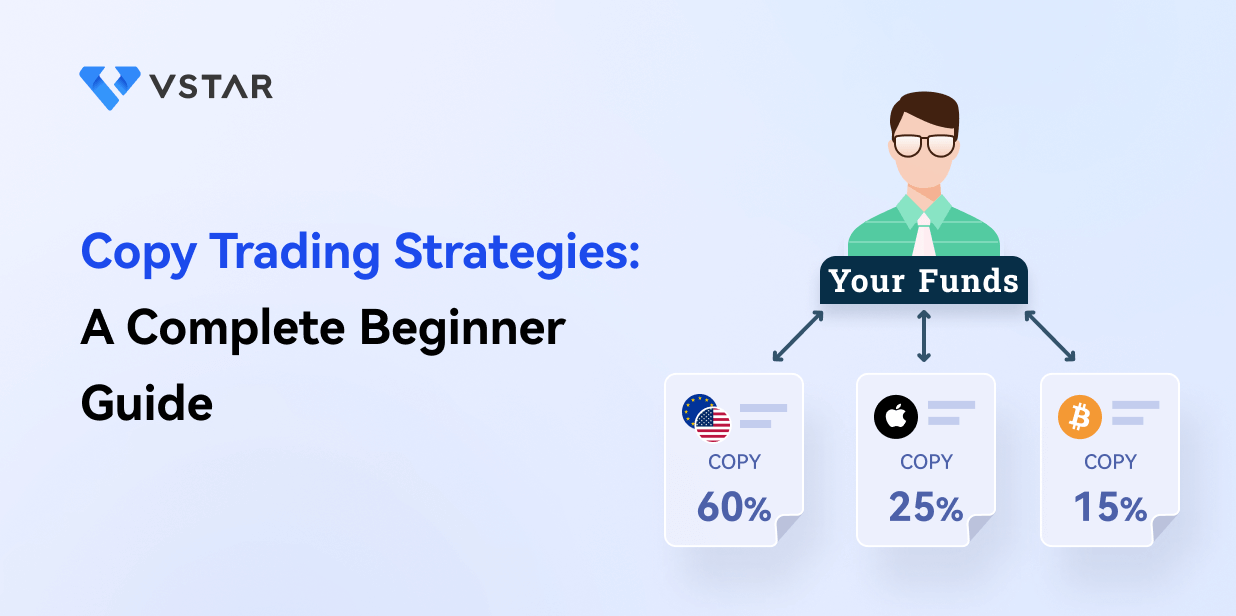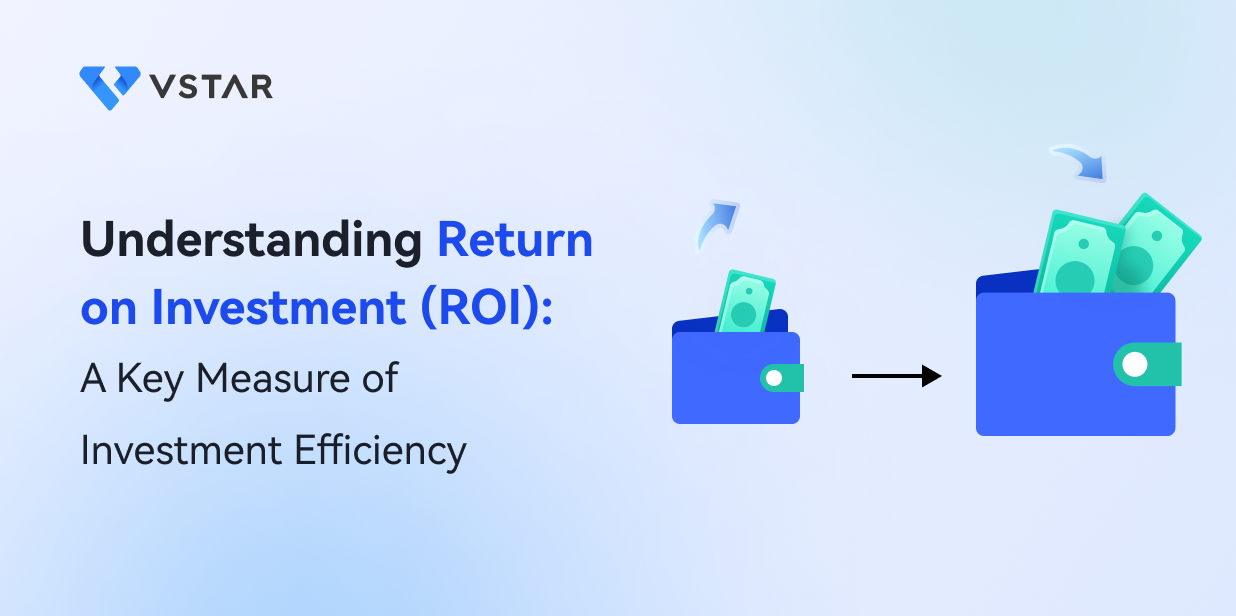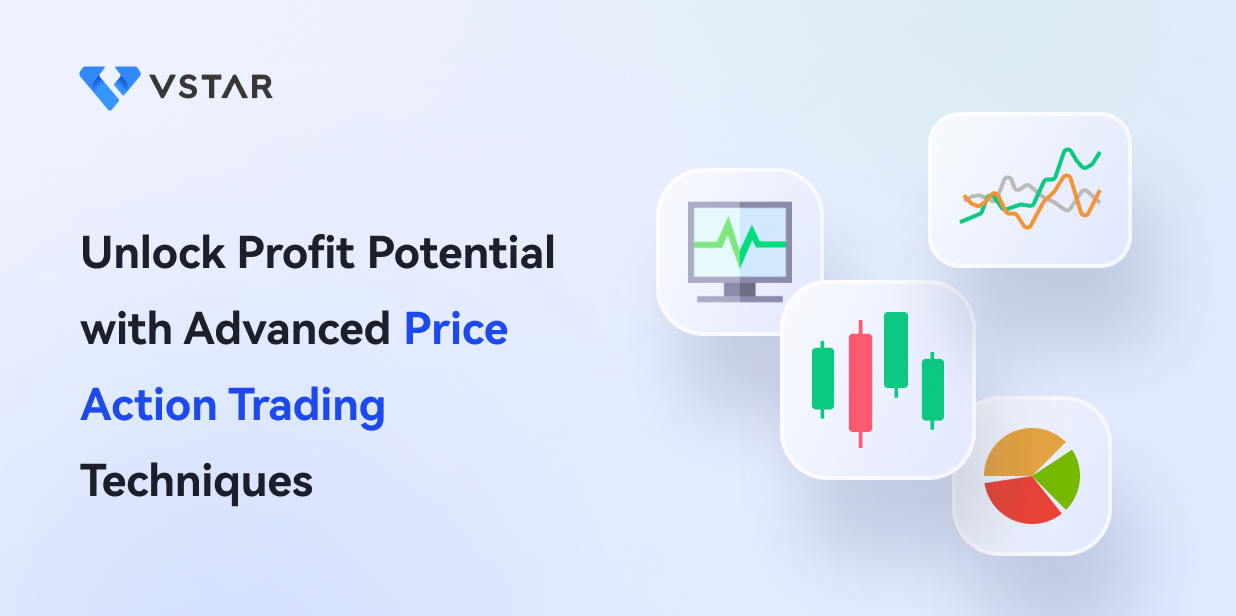The Consumer Price Index (CPI) is an economic report almost every trader or investor looks forward to.
It provides insight into a country's inflation. Thus, financial markets linked to the nation may become briefly volatile on its release. Many times, the effect last much longer.
Several countries release their CPI or a similar index to measure inflation. For example, Japan and Canada calculate and report their Consumer Price Index (CPI). However, the European Union uses a Harmonized Index of Consumer Prices (HICP).
The United States Consumer Price Index is the most followed for several reasons. It has the largest economy in the world, so its release affects several top firms, investors, and traders.
You can observe economic calendars to discover and prepare for the next CPI release.
Importance of CPI in Financial Markets
Financial markets run based on their economy's strength. One significant indicator of such is the Consumer Price Index (CPI). You must understand it because it can influence the following:
● Interest rates: A country's CPI can affect central banks' decisions for setting interest rates for a better economy.
● Currency exchange rates: Currencies' exchange rate depends on the economy of their official nations. Since CPI shares detail about a country's inflation, it will affect the rate.
● Stock prices: Based on inflation levels, which CPI provides, investors can decide to hold or sell off their stocks. The general stock market sentiment can impact its prices.
Consumer Price Index: The Basics and Calculations
The Consumer Price Index (CPI) measures the average price changes for a market basket of goods and services over time.
Basically, it compares the amount consumers spend for anything currently to the amount they paid before. Such spending can include housing, transport, health care, etc.
Therefore, the CPI is a widely used estimate for inflation or deflation.
An increasing CPI generally indicates higher inflation (and lower deflation). Conversely, a decreasing CPI suggests lower inflation (and higher deflation).
Since inflation provides an understanding of a country's economy, CPI reports are valuable for financial affairs.
The Consumer Price Index Formula
Calculating the CPI involves dividing the weighted average of the current month's market basket cost (index value) by that of the base period.
The Bureau of Labor Statistics determines the market basket value by considering the goods and services Americans purchase the most and assigning a weighted price to each.
Consumer Price Index = Cost of Market Basket This Month x 100
Cost of Market Basket Last Month
You can also calculate the annual CPI. Divide the current year's market basket value by its price one year ago.
The Relationship Between The CPI and Financial Markets
Although some experts dismiss CPI as a correct measure of inflation, it is still highly influential.
The report impacts several financial releases, especially the interest rates through monetary policies.
For example, when a country's CPI rises, the central bank may be concerned about inflation. It usually responds by adjusting the monetary policy to increase the interest rate.
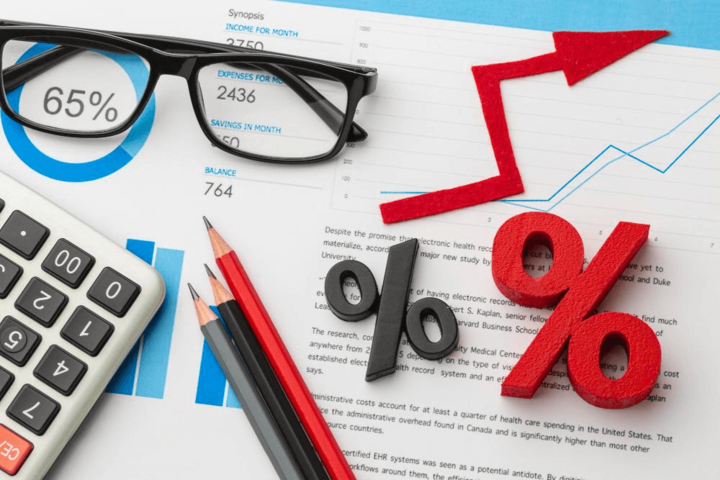
With increased interest rates, borrowing funds will be more expensive, and it will reduce spending, which can control inflation.
The process reverses when the CPI is lower than expected.
Financial Markets Reactions to CPI Reports
Since the CPI release affects interest rates, it will also impact the following financial markets:
● Forex market: The Forex market involves trading currency pairs, which rely on their country's economy.
If a country's CPI rises, the interest rates will increase, and it will attract investors who will boost the currency's demand.
Therefore, the currency may be relatively "stronger" than the other in an FX pair long-term.
● Bond market: If the CPI leads to an interest rate increase, the bonds yield will rise because investors find it more attractive. Conversely, the existing bonds with lower interest rates will decrease, leading to a bond prices decline.
It is the opposite case if the CPI release is lower than expected.
● Stock market: When the CPI causes interest rates to rise, loans become more expensive for companies. Besides, the higher price for goods and services due to inflation will reduce consumer purchasing, leading to declined sales.
Therefore, financial specialists expect stock prices to drop slightly or significantly, depending on other factors.
Using CPI as a Key Factor in Your Investment Strategy
The Consumer Price Index (CPI) always shares insights into a country's inflation. Therefore, central banks consider it while releasing interest rates.
If you've accepted the logic behind these events and still want to profit from them, below are some investment strategies to consider:

Inflation Hedge
An inflation hedge is an investment that protects against the harmful effects of inflation. The assets' value may increase or remain stable during the period, but they hardly fall significantly like others.
Such inflation-proof assets are usually in the commodity market, such as oil, gold, silver, etc. Real estate investments and inflation-protected bonds are also good options.
However, while inflation hardly affects these assets seriously, other factors will. Hence, regularly assess your risk tolerance before making these investments.
Interest Rate Sensitive Investments (Fixed Income Security)
In finance, interest rate sensitivity measures an asset's fluctuation due to changes in interest rates. Since CPI ultimately affects the rates, you can prepare a strategy for trading fixed-income securities.
Fixed-income securities vary inversely with interest rates. Therefore, if the CPI released is lower than expected, causing interest rates to fall, fixed-income prices will likely increase.
There's still much to learn about these types of investments, such as how their duration measurements affect sensitivity. Thus, research extensively before making a decision.
Diversified Portfolios
Another way to hedge against inflation from increasing CPI is with diversified portfolios. It works best for long-term investors aiming to protect their wealth.
They invest in several asset classes, including commodities, inflation-protected bonds, and equities of companies with pricing power. This exposure to several financial markets reduces the overall portfolio risk.
Regardless, diversified portfolios can't guarantee a positive outcome. Therefore, discuss your goals, needs, and risks with a financial advisor.
The Contents of a Consumer Price Index (CPI) Report
The Bureau of Labor Statistics (BLS) calculates and releases the Consumer Price Index for All Urban Consumers (CPI-U).

They provide monthly reports on their website during the second week of every month. However, the bureau also releases quarterly and yearly accounts.
They get the CPI-U value(s) in a careful process you can also follow:
1. Outline the basket of goods and services: The main categories include housing, food, transportation, commodities, health care, energy, and education. However, many more subcategories cover all the most commonly purchased items.
2. Assign weights to the goods and services: The BLS assigns a "weight" to each item in the basket based on how much consumers purchase it. Those like housing and food that cost the most receive more weight.
3. Gather price data: After assigning weights to the basket's content, the bureau collects their price data. They usually do this through surveys of service providers and retail stores.
4. Estimate each item's price index: Next, they calculate the price index of each item by dividing its current price by the base year price.
5. Calculate the CPI: Finally, the BLS uncovers the Consumer Price Index by calculating the weighted average of the item's price indices.
The report is usually highly detailed and contains all these data. Here is the most recent monthly CPI-U release.
Studying Factors That Can Affect The Consumer Price Index
The Consumer Price Index (CPI) primarily depends on how people spend. If consumers purchase more goods and services, the CPI increases. When they buy less, the index price lowers.
However, the following secondary factors can also play a role:
Supply and Demand
Increased demand or lower supply for goods and services will raise their prices.

On the contrary, a lower demand or higher supply of goods and services will cause decreased costs.
Since the CPI reflects the amount citizens pay for anything, the supply and demand concept will influence its value.
Economic Policies
Fiscal, trade, and monetary policies contribute to inflation and deflation. They will reflect in the Consumer Price Index (CPI) when released.
For example, if the government increases tariffs on imported goods, they can cost more, especially when consumers don't consider domestic alternatives.
Global Economic Events
Aside from local policies, global affairs can also influence CPI in several ways, as follows:
● Changes in the price of foreign goods and services due to diplomatic problems
● Decreased supply of imported goods due to reduced production
● Fluctuations in exchange rates
In short, any global event that impacts supply and demand or inflation will affect the CPI output.
Political Tensions
If there is political instability in the country, it can lead to the following:
● Lower consumer confidence: When citizens don't spend; and investors don't invest due to decreased confidence, the economy can become weaker. CPI readings will reflect this.
● Volatile supply and demand: Trade disputes between authorities can affect the supply and demand of goods and services.
Possible Trading Opportunities From A CPI Release
Every financial market depends on world economies to remain active. Thus, the CPI can offer trading opportunities because it shares details about the economy.
You can exploit the reports from economic calendars in forex, bonds, and stock trading.
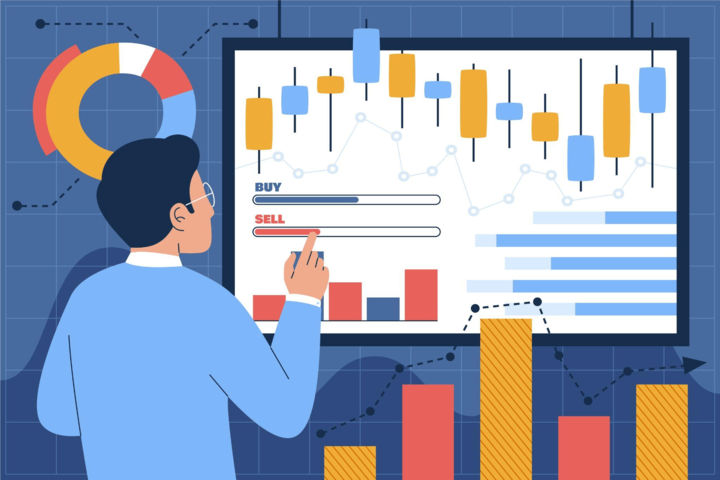
Trading Forex Based on a CPI Announcement
As discussed, the CPI report affects exchange rates, especially when one of the currencies in a Forex pair is relatively weaker than the other.
Hence, you must follow the CPI announcement of both currencies' countries you wish to trade. The trading opportunity will be valid if one has a significantly better economy than the other.
If the base currency is stronger, you should focus on going long soon. Conversely, expect lower prices if the quoted currency has a better economy.
For example, it is safer for a GBPUSD trader to go long when the UK's CPI suggests an improving economy while US's CPI indicates a weaker one.
Trading Bonds Based on CPI Releases
Trading bonds based on CPI releases seem more direct because you only need to observe one country's report. However, you must have studied interest rates thoroughly to begin.
When a nation's CPI increases, interest rates usually rise. Therefore, the prices of existing bonds may fall for you to trade new ones with higher yields.
Trading Stocks Based on CPI Releases
The first step of using a CPI release to trade stocks is determining whether the economy is in inflation or deflation.
During inflation, stock traders look to invest in sectors that perform well by passing higher costs to consumers. Common examples include the energy sectors and consumer staples.
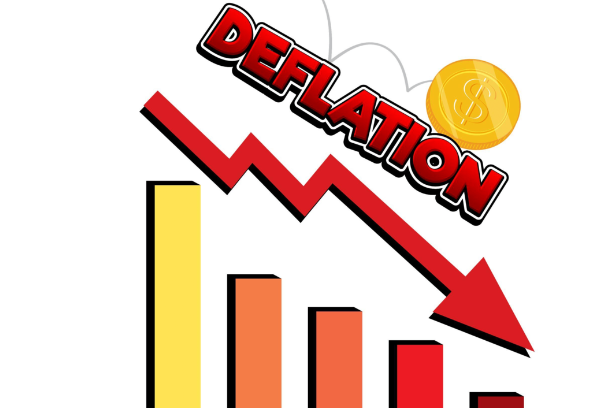
Conversely, during deflation, healthcare and technology stocks may perform the best. Thus, consider those types first when looking for assets to invest in during the period.
Limits and Criticisms of the Consumer Price Index (CPI)
Owing to the massive popularity the CPI has gained, investors, firms, and policymakers used the value in several ways. It is no doubt one of the most popular economic indicators available.
However, it has some limitations, shared below:
● The CPI hardly accounts for new products or services that are not yet widely purchased.
● It doesn't consider the quality change in products or services over time, which could affect their prices. For example, a phone manufactured today has more abilities than those produced ten years ago.
● The United States CPI released by the BLS doesn't regard consumers living in rural areas.
● The calculation method of the CPI can change as it did in 1995 in the United States.
● The CPI considers every individual the same, even when that is not the case. For example, it views a schooling child, a working-class citizen, and a retiree in a nursing home as the same.
Moreover, financial analysts have argued that the CPI doesn't reflect the inflation rate adequately. It either overestimates or underestimates it. However, significant personalities use the value for various calculations.
Whatever opinion you believe, ensure it doesn't affect your objective decisions during trading.
Conclusion
The Consumer Price Index (CPI) is one of the most used financial indicators to determine inflation. The Bureau of Labor Statistics (BLS) is responsible for it monthly in the United States.
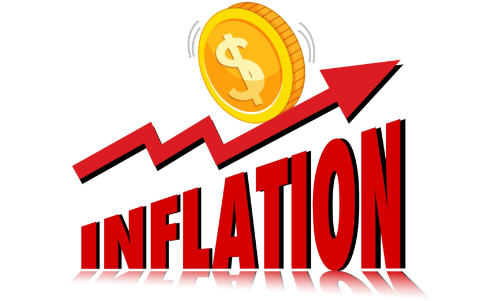
As a trader or investor, you should always follow the report on economic calendars. When the CPI is higher than expected, central banks usually increase the interest rates, and vice-versa.
The interest rates will affect all the financial markets in several ways, and you can find profitable trading opportunities.
There are obvious limitations to using CPI for economic analysis, so always ensure you manage risks properly when using it to trade.
*Disclaimer: The content of this article is for learning purposes only and does not represent the official position of VSTAR, nor can it be used as investment advice.







